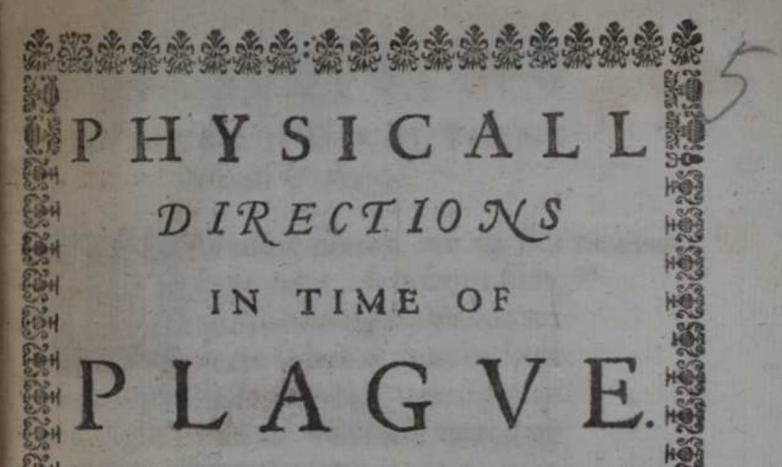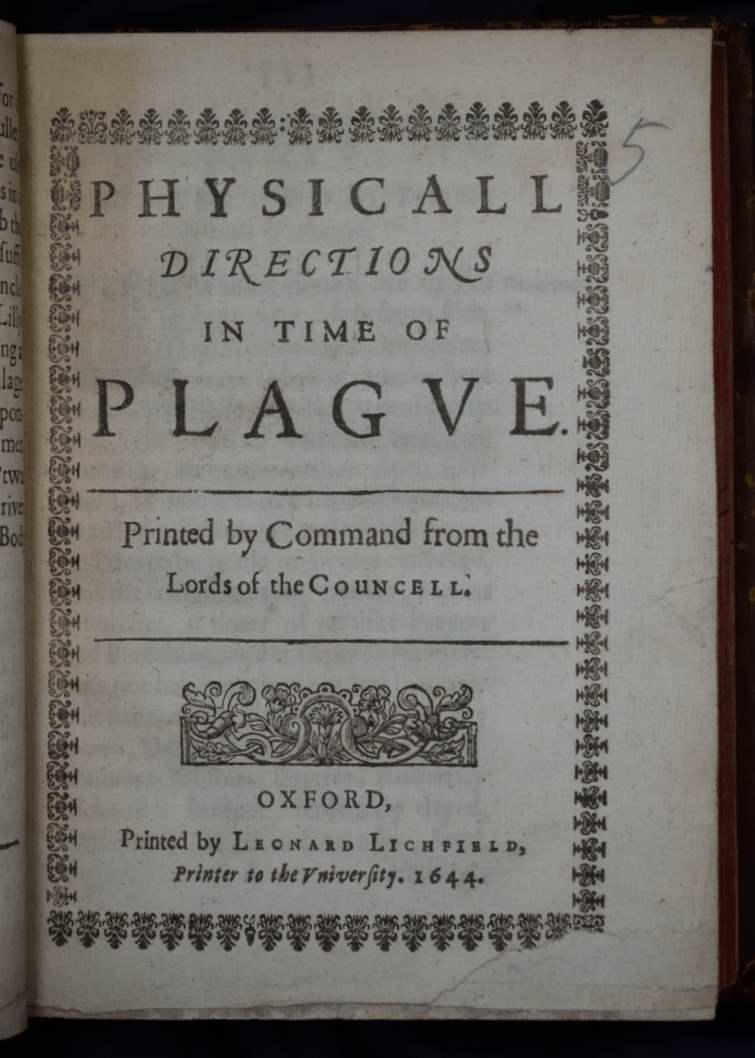17th-Century Medical Books Examined in Contagion on the Page
Although reading about plagues and pandemics in previous centuries may not be top of everybody’s agenda, a new online exhibition curated by The Queen’s College, Oxford, offers a fascinating glimpse into how our ancestors tried to cope with past outbreaks. The college is well placed in this respect since its library holds a substantial collection of medical texts dating back to the seventeenth century.
Contagion on the Page is particularly strong on ‘cures’ for the plague. Among them is cold bathing, recommended by former Queen’s students, the physician John Floyer (1649-1734) who left much of his library to the college in his will, and bibliophile Theophilus Metcalfe (1690-1757). Flover was particularly keen on this approach which he outlined in his 1702 work, The Ancient Psychrolousia Revived: or, an Essay to Prove Cold Bathing both Safe and Useful. Along similar lines is Febrifugum Magnum: Or, Common Water the best cure for Fevers, and probably for the Plague (1726) by John Hancocke, who argues for the potency of simply drinking cold water — half a pint a day for children, a pint or more for adults — to help the blood circulate and thus ‘drown’ the poison…
Credit: The Queen's College, Oxford
Going back further, the anonymous Physicall Directions in time of Plague. Printed by command from the Lords of the Councell (1644) suggests eating “a Potched Egge with Vineger,” and when out and about to keep some clove and nutmeg in one’s mouth, while holding a sponge dipped in vinegar and rose water infused with rosemary and sage. Alternatively, A Plain and Easie Method for Preserving (by God’s blessing) those that are Well from the Infection of the Plague by Thomas Willis (1691) recommends improving air quality by burning sulphur, pitch, and tar.
The college library is one of the most impressive in the university. More details about its history and special collections are at www.queens.ox.ac.uk/library-history.

















